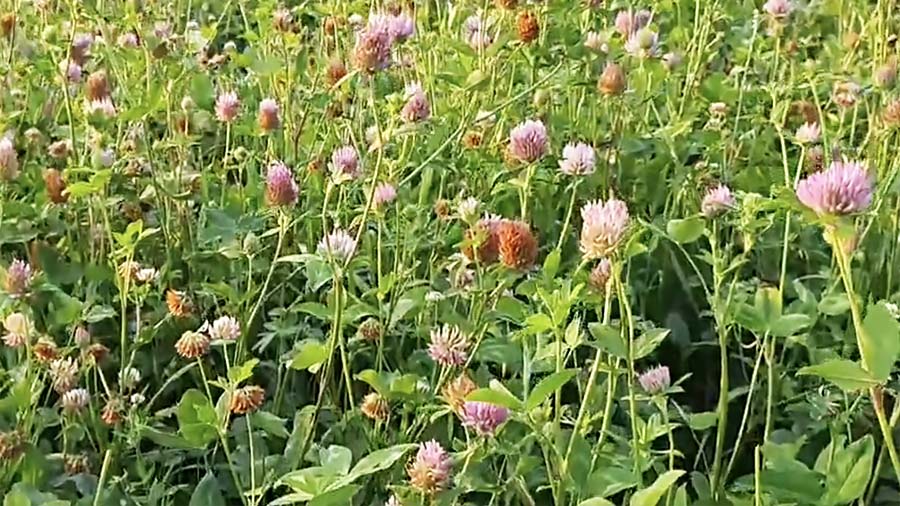Defra eases grazing rules on stewardship land to ease fodder crisis
 © Tom Allen-Stevens
© Tom Allen-Stevens Farmers and landowners who are involved in Countryside Stewardship and Environmental Stewardship schemes have been given the go-ahead to start grazing buffer strips and other specialist mixes on their land, to help provide vital food for livestock.
The rule changes, which came into effect on Wednesday (17 August) and will last until the end of the year, allow agreement holders to cut or graze additional areas of land to help ease shortages of bedding, fodder, grazing or forage crops.
See also: Prolonged dry spell heightens fears of winter forage shortage
A full list of these easements has been published by the Rural Payments Agency (RPA) and allows buffer strips and field corners to be cut early.
Environmental mixes such as nectar flower mixes (AB1), flower rich margins (AB8) and two-year sown legume fallows (AB15) may also be cut or grazed, while brassica fodder crops (AB13) may be grazed early.
Many other options are also covered by the so-called “temporary adjustments”, though Defra says forage crops used in this way should be “mainly for your own use and to share with the wider community, but should not be for profit”.
Drought conditions
The move comes after the Environment Agency last week declared drought status for large parts of England, including the South West, South East and East, with Yorkshire added on Tuesday (16 August).
Defra secretary George Eustice said: “We are better prepared than ever before for these unprecedented dry conditions, but many farmers are concerned about water supplies and the impact on their crops and livestock.
“We are, therefore, introducing temporary easements on agri-environment schemes to give them the flexibility to respond.”
Welcome move
One farmer who has welcomed the decision is Oxfordshire-based Tom Allen-Stevens, who has about 15ha of his 170ha arable farm down to AB15 for blackgrass control, for which he receives £522/ha.
“We are just at the end of our first year of it and the previous restrictions meant we were not allowed to bring in livestock,” he said.
“Yet we are facing a forage crisis. The grass has all dried up. In fact, the only bit on my farm that is green is the AB15, and that is because of the high clover content.”
Mr Allen-Stevens says he has already mowed one area of AB15 as he needed to do so before the blackgrass seeded.
But he is keen to get some livestock on the rest, to help neighbouring farmers who are facing a forage crisis.
“The AB15 land has really delivered for the environment,” he said. “It has been alive with insects and pollinators, so we know we are doing good. But now we can feed it to livestock, we will be doing even more good.”
